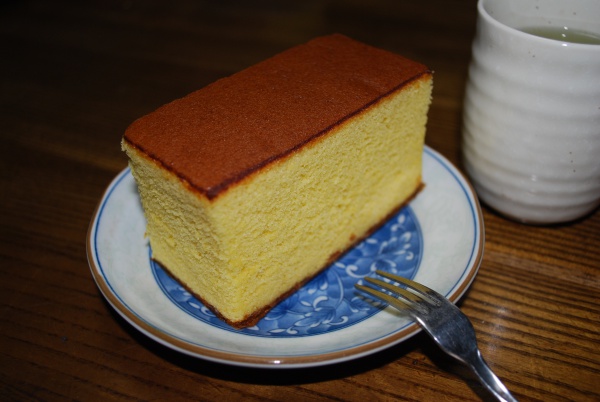Facts About Castella
Castella, known as Kasutera in Japan, is a delightful type of Wagashi (traditional Japanese confectionery) with origins tracing back to Portugal. This moist and spongy cake first arrived in Japan in the 16th century through Portuguese traders. The name "Castella" derives from the Portuguese term "Pão de Castela" which translates to "bread from Castile." The cake is especially popular in Nagasaki and owes its unique texture to Mizuame, a type of sweet syrup.
In Japan, Castella is typically sold in long boxes and bears a resemblance to other Portuguese cakes like pão-de-ló and Madeira cake. However, Castella's influence extends globally, with similar sponge cakes found worldwide. For example, the French have Pain d'Espagne, Italians enjoy Pan di Spagna, and Romanians savor Pandișpan. In the Philippines, a related dessert called taisan also draws inspiration from Portuguese baking traditions.
Over time, Castella in Japan has seen many delicious variations. Flavors include green tea, honey, and brown sugar, alongside adorable bite-sized versions called baby castella. One unique twist is Siberia, a Castella cake filled with sweet bean jelly, which gained fame during the Meiji era and even made an appearance in the animated film "The Wind Rises."
The cake's journey did not end in Japan. During the era of Japanese rule, Castella made its way to Taiwan, undergoing tasty transformations to suit local palates. Taiwanese adaptations include Honey Castella, noted for its strong honey aroma, and rock-baked Castella, featuring a delightful cheese topping. These versions often incorporate local ingredients like Longan honey and Japanese cheese to create flavors that resonate with Taiwanese tastes.
In Taiwan, individuals like Ye Yongqing and companies such as Nanbanto and Hometown of One have played significant roles in popularizing Castella. Thanks to their efforts, Castella continues to be a beloved and cherished dessert across the region.
